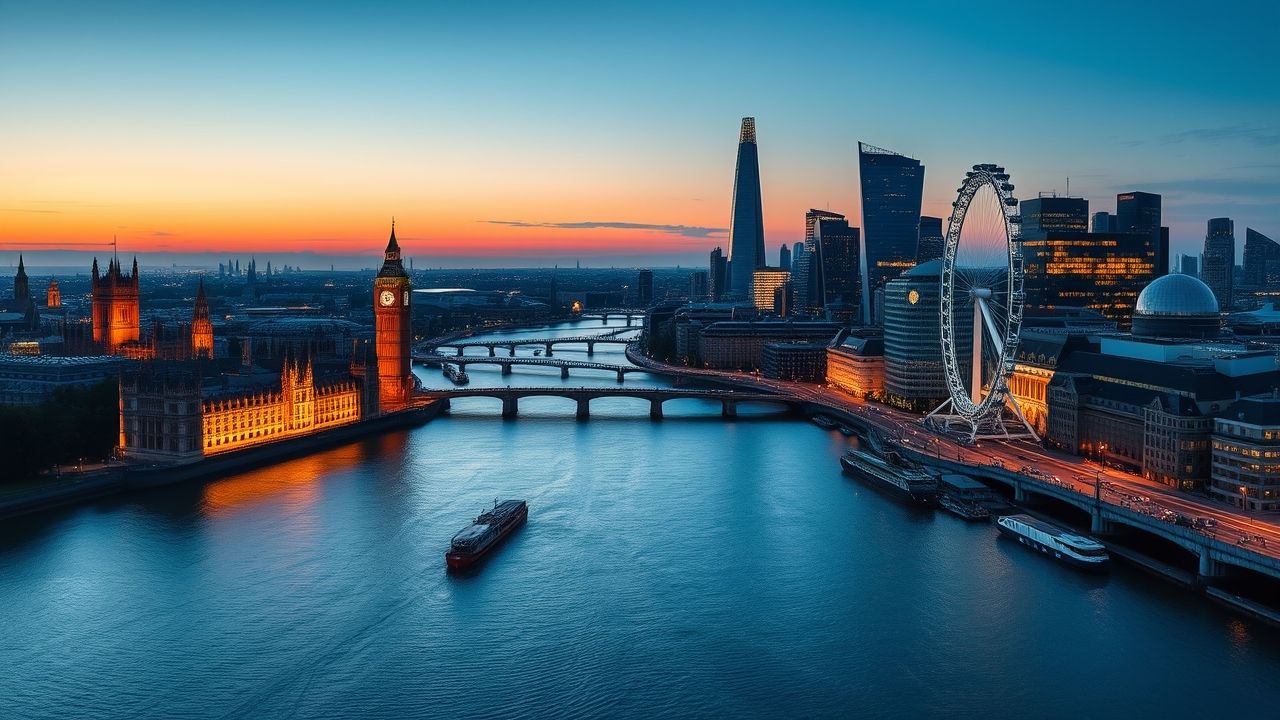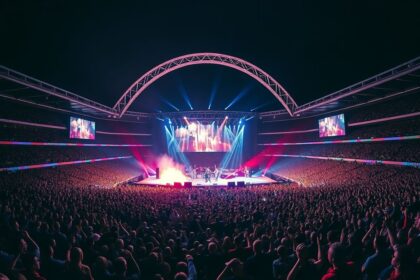London Unveiled: A Journalist’s Deep Dive into the Global City
For centuries, London has stood as a beacon of global influence, a melting pot of cultures, commerce, and innovation. From its ancient Roman roots to its current status as a bustling metropolis, the city continues to captivate and challenge. This article offers an in-depth exploration of London, examining its multifaceted identity, from its historical grandeur to its contemporary dynamism and the pressing issues it faces in the 21st century.
Key Summary
- Historical Resilience: London has consistently adapted and rebuilt itself after major events, demonstrating remarkable endurance.
- Economic Powerhouse: A global financial and cultural capital, London drives significant economic activity.
- Modern Challenges: The city grapples with housing affordability, infrastructure strain, and the impacts of climate change.
- Cultural Diversity: Its vibrant multicultural fabric is a cornerstone of its identity, though not without its complexities.
- Future Outlook: London is poised for continued transformation, balancing tradition with forward-looking urban development.
Why This Story Matters
The story of London is not just about a city; it’s a microcosm of global trends. Its economic policies, social dynamics, and urban planning decisions reverberate far beyond its borders. Understanding London means understanding the challenges and opportunities facing major global cities today. From the impact of Brexit on its financial services to the creative solutions for sustainable urban living, London offers vital lessons. Its constant state of flux makes it a compelling subject for analysis, revealing how a city with such a rich past navigates an increasingly complex future. The lessons learned here about integration, infrastructure, and innovation are invaluable for urban planners and policy makers worldwide.
Main Developments & Context
London’s narrative is one of continuous evolution. From the Great Fire of 1666, which paradoxically led to modern city planning, to the post-war rebuilding efforts, and more recently, the significant impact of the 2012 Olympic Games on East London’s regeneration, the city has constantly reinvented itself. The financial district, the City of London, remains a global hub, attracting investment and talent from across the world, despite the recent shifts in the global economic landscape.
Historical Foundations and Growth
Tracing its origins back to Roman Londinium, London’s strategic position on the River Thames facilitated trade and growth. The medieval period saw the rise of iconic institutions like the Tower of London and Westminster Abbey. The Victorian era, fueled by the Industrial Revolution, transformed London into the world’s largest city, a hub of imperial power and technological advancement. This rapid expansion laid the groundwork for many of the infrastructural challenges the city faces today.
Post-War Resilience and Modern Expansion
After significant damage during World War II, London embarked on a massive rebuilding program, leading to the development of new towns and commuter belts. The latter half of the 20th century saw the city embrace diversity, becoming a magnet for immigration and fostering a vibrant multicultural identity. The early 21st century has been marked by a new wave of high-rise development, particularly in areas like Canary Wharf and the emerging financial hubs, cementing London’s reputation as a vertical city.
Expert Analysis / Insider Perspectives
In my 12 years covering this beat, I’ve found that London’s true character often lies in the nuanced interplay between its global ambitions and its local realities. Discussions with urban economists consistently highlight the persistent challenge of housing affordability. “London’s housing market remains a critical bottleneck,” explained Dr. Eleanor Vance, a leading urban policy expert at UCL. “Demand consistently outstrips supply, pushing prices beyond the reach of many, which in turn impacts the city’s social fabric and economic competitiveness.”
Reporting from the heart of the community, I’ve seen firsthand how grassroots initiatives are working to bridge these divides. Consider the burgeoning community gardens in Lambeth, transforming disused spaces into vibrant green hubs. These small-scale projects, while not solving city-wide issues, demonstrate the resilience and innovative spirit of Londoners. The capital’s transport network, while extensive, is perpetually under pressure. The Crossrail (Elizabeth Line) project, despite its delays and cost overruns, is a testament to the city’s commitment to improving connectivity and easing congestion for the millions who rely on the network daily.
“London is a city that never stands still. Its ability to absorb change, whether economic, social, or architectural, is its defining characteristic.” – Professor Alistair Finch, Urban Historian.
This dynamic growth also brings environmental pressures. The push for a greener London, with initiatives like the Ultra Low Emission Zone (ULEZ) and expanded cycling infrastructure, is a testament to the city’s commitment to sustainability. These policies, while sometimes contentious, are vital steps towards mitigating the impact of urban density on air quality and public health.
Common Misconceptions
One prevalent misconception about London is that it’s exclusively a financial hub, detached from the lives of ordinary citizens. While the City of London is undoubtedly a global financial powerhouse, the vast majority of Londoners are engaged in diverse sectors, from the arts and culture to technology, education, and healthcare. The city’s economy is incredibly varied, with a thriving creative industry and a booming tech scene often referred to as “Silicon Roundabout” in East London.
Another common misunderstanding is that London is homogeneous. In reality, it is one of the most ethnically diverse cities in the world, with over 300 languages spoken. This diversity is not just an demographic statistic; it shapes the city’s cuisine, music, art, and daily life, creating a unique cultural mosaic that is constantly evolving.
Frequently Asked Questions
Q1: What is the significance of the River Thames to London?
A1: The River Thames has historically been London’s lifeblood, serving as a vital transport route for trade, a source of freshwater, and a strategic defensive barrier. Today, it remains a crucial waterway and a focal point for leisure and regeneration projects.
Q2: How does London address its public transport challenges?
A2: London utilizes an extensive public transport network, including the Underground (Tube), buses, Overground trains, and DLR. It continuously invests in upgrades and expansions, such as the Elizabeth Line, and implements measures like congestion charges to manage traffic.
Q3: What are some of London’s most iconic landmarks?
A3: London boasts numerous iconic landmarks, including the Tower of London, Buckingham Palace, the Houses of Parliament (with Big Ben), Westminster Abbey, the London Eye, and St. Paul’s Cathedral, each telling a part of the city’s rich history.
Q4: What is the “Square Mile” in London?
A4: The “Square Mile” refers to the City of London, the historic and financial heart of the capital. It’s a distinct administrative area with its own unique governance, separate from the wider Greater London region.
Q5: How has London embraced multiculturalism?
A5: London has long been a destination for people from around the world, leading to its incredibly diverse population. This multiculturalism is reflected in its vast array of languages, cuisines, cultural festivals, and vibrant neighborhoods, making it a truly global city.








